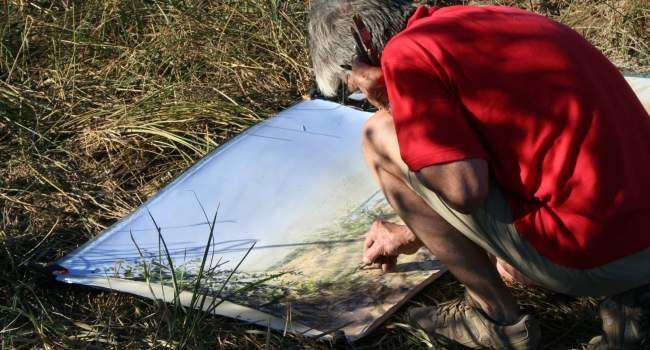Migratory passerine birds in Britain carry Phytophthora ramorum inoculum on their feathers and "feet" at low frequency
Author(s): Dadam, D., Siasou, E., Woodward, S. & Clark, J.A.
Published: December 2019 Pages: 13pp
Journal: Forest Pathology
Digital Identifier No. (DOI): 10.1111/efp.12569
Abstract
In this study, we investigated whether birds could be vectors facilitating long-distance spread of Phytophthora ramorum in Britain. Migratory bird species associated with the main sporangium-producing host plants and most likely to pick up P. ramorum spores were considered. Swabs were taken from the flank and “feet” of 1,014 birds over a 12-month period (April 2011–March 2012) in the west of Britain and subsequently analyzed for the presence of P. ramorum using nested PCR. Ten positive samples from 10 birds were identified: three in Cornwall, one in Devon, three in Gloucestershire, two in north Wales and one in Merseyside. Phytophthora ramorum was detected on samples from four species of thrushes (Redwing Turdus iliacus, Fieldfare T. pilaris, Blackbird T. merula and Song Thrush T. philomelos) and one species of warbler (Chiffchaff Phylloscopus collybita). All birds that tested positive were sampled in late autumn and winter (October–February), when long-distance movements (over 100 km) would have stopped. The low incidence of P. ramorum found using PCR suggests that the incidence of inoculum, whether viable or not, on birds was low. The apparently low incidence of inoculum on birds suggests migratory passerine birds can carry P. ramorum inoculum on their feathers and “feet,” albeit at low frequency. The dates of positive samples indicate that birds would not have been moving long distances at the time but further work is needed to estimate the extent of their contribution to the spread of P. ramorum in Britain.






Share this page